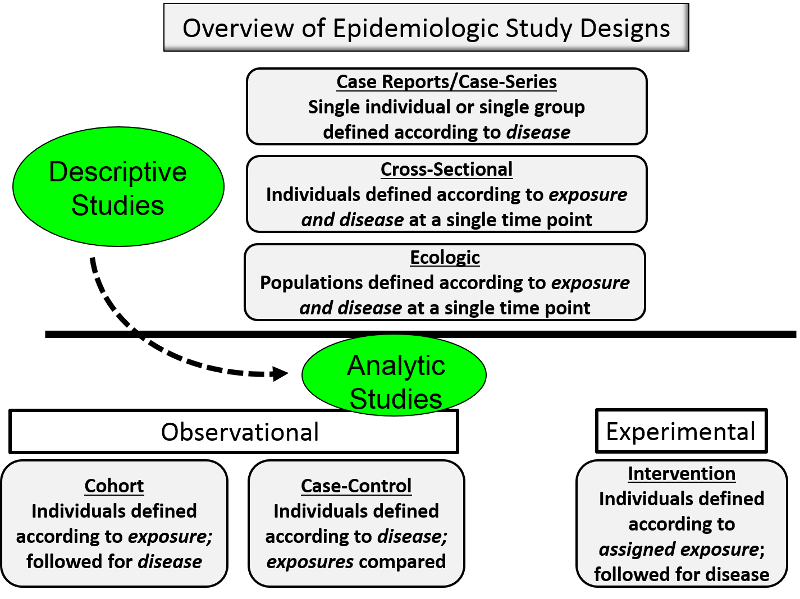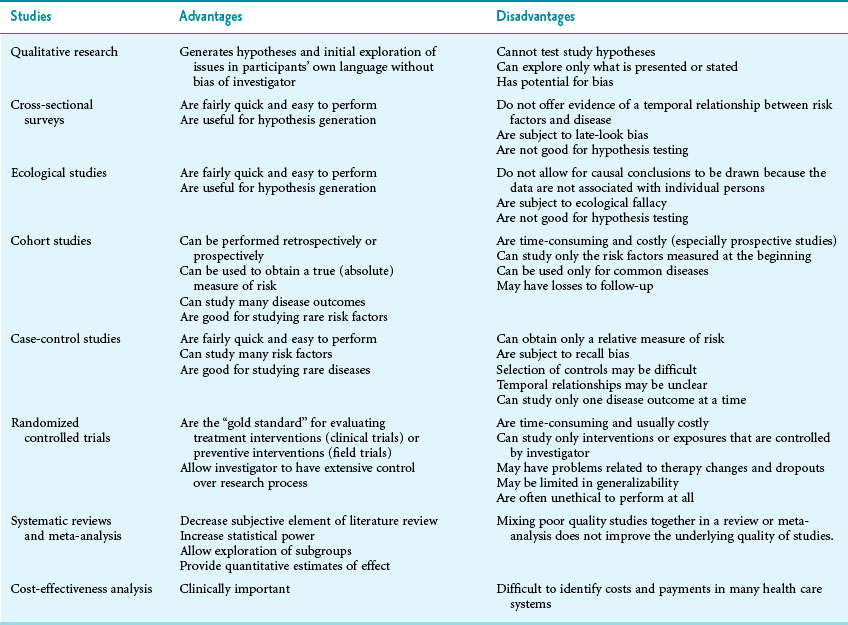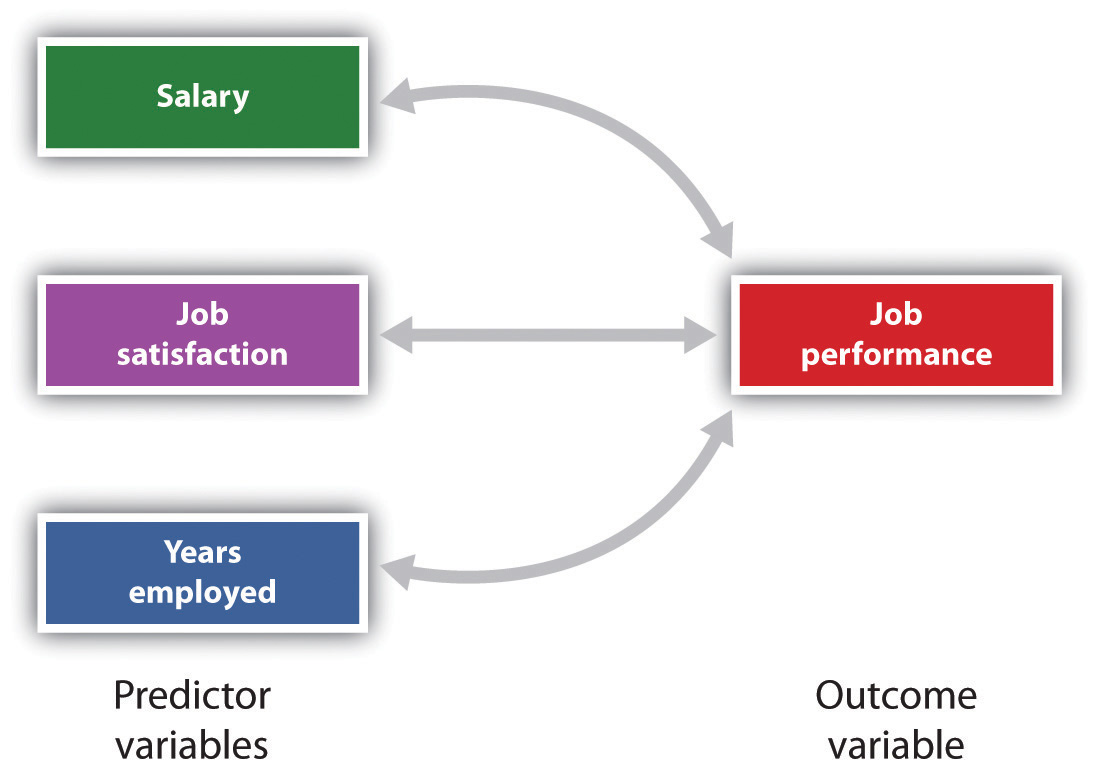Describe Uses Strengths Limitations of Descriptive Study Designs
Particular strengths of ecological studies include. Research studies that do not test specific relationships between.

Characteristics Strengths And Weaknesses Of Study Designs Used In Download Table
Qualitative description QD is a term that is widely used to describe qualitative studies of health care and nursing-related phenomena.

. The three main categories of psychological research are descriptive correlational and experimental research. Cohort Study Design Study Population Exposed. Exposure data often only available at the area level.
However limited discussions regarding QD are found in. Of the various observational study designs the descriptive design is the simplest. Descriptive including ecological studies are generally relatively quick easy and cheap to conduct.
Descriptive research has advantages and disadvantages with researchers accounting for positive and negative variables. Descriptive including ecological studies are generally relatively quick easy and cheap to conduct. Secondly descriptive research may collect the data from large geographical area.
On the other hand there are some. Disease No Disease. Interference with the interpretation of the.
Understand the strengths and limitations of each type of study design as applied to a particular research. Captures New Beliefs - Qualitative research methods extrapolate any evolving beliefs within a market. Seminar Objectives Provide an overview of different types of study designs.
An innovative research tool descriptive research is used by researchers as an opportunity to fuse both quantitative and qualitative data to reconstruct the what is of a topic. Unexposed Exposure is self-selected. It allows the researcher to study and describe the distribution of one or more variables without regard to.
Describe the design features of an ecologic study and discuss their strengths and weaknesses. As with other study designs descriptive studies have their own pitfalls. Is to determine the relationship bw exposure and disease and to study the distribution and determinants of disease frequency in human populations.
A natl study of efficiency for dialysis centers. Descriptive studies involve no variables manipulation they are protected against bias and they differ in the level of difficulty depending on two or multiple variables Groves Gray 2018 p. 2-Identify the intervention if any.
Characterize who where or when in relation to. A research design is the specific method a researcher uses to collect analyze and interpret data. Study is to evaluate the strengths and weaknesses of the descriptive evaluation from the point of view of teachers principals and experts in Chaharmahal and Bakhtiari.
Strengths include -. Researcher-induced bias can influence studies and this is particularly true with phenomenological research. Thirdly descriptive research is less expensive and time consuming.
In the next sections a. Found in Health Services Research. Depending on the data collection method used descriptive studies can generate rich datasets on large and diverse samples.
Ultimately the goal is to control. Descriptive studies cannot be used to. Describe strengths and weaknesses of each of the studies in the articles.
1-Describe the study design and explain the strengths and limitations of this design. This may include who buys a productservice. Case reports and case-series refer to a solitary patient or to only a few cases who may represent a chance occurrence.
Despite these advantages descriptive research has a distinct. Psychologists use three major types of research designs in their research and each provides. Thus descriptive research is used to provide a relatively complete understanding of what is currently happening.
Explain the concept of ecologic fallacy both in general and in the context of a study. Strengths are that descriptive case study focuses on illuminating a phenomenon it does not be limited to a part of bigger research like. Hence conclusions based on these run the risk of being non-representative and hence unreliable.
Compared to exploratory and explanatory case study designs. 3-Describe the sample using descriptive statistics.

Epidemiological Studies Concise Medical Knowledge

Descriptive Research Definition Types And Examples Voxco

Explanatory Research Definition Explanatory Research Example Explanatory Research Question

Module 4 Epidemiologic Study Designs 1

Descriptive Research Definition Characteristics Methods Examples And Advantages Questionpro

Quantitative Descriptive Study Design Descriptive Correlational Research By

Descriptive Research Definition Characteristics Methods Examples And Advantages Questionpro

Non Experimental And Experimental Research Research Study Design

12 Case Study Method Advantages And Disadvantages Brandongaille Com

Doc Chapter 1 Lesson 1 Characteristics Strengths Weaknesses Kinds Of Quantitative Research Mark Vince Agacite Academia Edu

Characteristics Strengths And Weaknesses Of Study Designs Used In Download Table

Common Research Designs And Issues In Epidemiology Basicmedical Key

Characteristics Strengths And Weaknesses Of Study Designs Used In Download Table

Types Of Study Designs Objectives To Understand The Difference Between Descriptive And Analytic Studies To Identify The Hierarchy Of Study Designs Ppt Download

Research Design Quantitative Symbolic Representations Of Quantitative Designs

Psychologists Use Descriptive Correlational And Experimental Research Designs To Understand Behavior

Strengths And Limitations Of The Case Control And Cohort Study Designs Download Table

Comments
Post a Comment